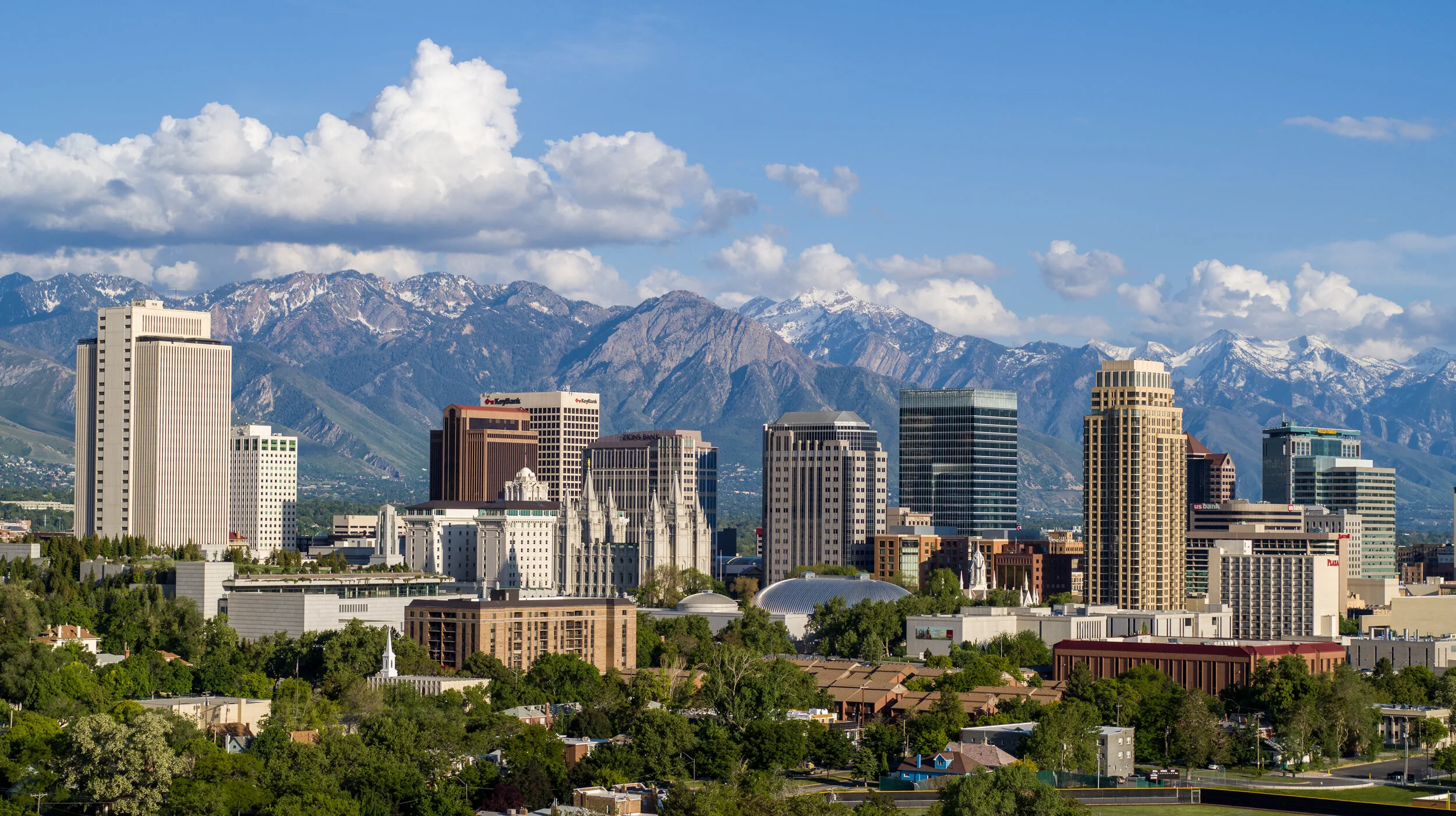Why We’re Migrating to Salt Lake City
Wildlands Network is on the move: We’re relocating our headquarters to Salt Lake City, Utah in January 2020!
For the past several years, we’ve been happy to call Seattle home. But as our staff, programs and projects have grown, so too has the operational cost of doing business in Seattle. While our work and staff presence in the Pacific Northwest continues, we collectively determined that—in order to be most efficient and effective—we needed to seek new terrain for our base of operations. We went looking for a place with high quality of life, excellent access to the outdoors, a diverse talent pool and an affordable cost of living.
Echoing historic sentiment, after evaluating Salt Lake City, we exclaimed, “This is the place!”
For any company looking to grow, Salt Lake City is an obvious choice. It’s a dynamic and growing metropolis with a young and talented workforce, a stable economy, numerous academic institutions, and amazing public lands, water resources and wildlife. And the city is literally nestled between mountain ranges, with world-class recreation waiting just minutes from wherever you happen to be.
But for Wildlands Network, it was also our unique vision that drew us to Salt Lake.
Salt Lake City, Utah
We are inspired by a vision of North America where nature is unbroken, and where people coexist in harmony with native plants and animals.
With all of North America as our focus area, we need to be centrally located within the continent, allowing easy access for staff, board and partners from Canada, the United States and Mexico. We strive to create an organizational culture where everyone feels part of the team, united by shared objectives, regardless of geographic location. Salt Lake City’s central placement along the Spine of the Continent makes that goal easier to realize.
The history of Salt Lake City is also driven by themes that resonate through our work.
In ages past, the Salt Lake Valley served as a wildlife thoroughfare, including for aquatic species when the valley was covered by the immense Lake Bonneville. The geologic and natural history of the west is visible throughout Utah. By standing on the right trail in the Wasatch Mountains at the right time of day, it’s possible to imagine—if even just for a moment—what the landscape must have looked like before human development, when wildlife roamed unimpeded.
Numerous indigenous peoples also traveled through the Valley and established communities, including the Shoshone, Goshute, Ute, and Paiute peoples—the descendants of whom continue to live in and near Salt Lake City. The movements of these peoples, many of which were timed with seasonal animal migrations, provide perspective and inspiration for a vision of humanity more closely connected with the natural world and its wild inhabitants.
And more recent history—the history of the state of Utah—is itself really a story of migration and the importance of movement corridors. Humans, like any other animal, move around the landscape in search of essential resources like food, water and shelter. The pioneers who came to what would become Utah were simply looking for safe refuge, forging a trail across the wilderness. Just like the jaguars, black bears, cougars and wolves Wildlands Network fights for on a daily basis.
In short, in Utah, the broad arcs that have driven the story of North America are evident, if you choose to look. And it’s that story of the continent—the ebbs and flows of waterways, the unexpected geological events and natural dynamism that shape the landscape, the migrations and movements of ungulate herds and carnivores, and the human communities that have followed all of it—that lays the foundation for our work and our vision for the future.
In the coming years, we seek to expand our programs and projects even further across North America, in continued collaboration with others devoted to this critical work. We believe Salt Lake City is the perfect launch pad.
Join us as we move into the future.


